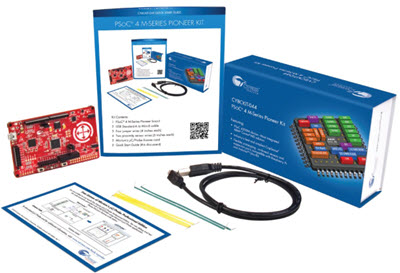
|
For novel ideas about building embedded systems (both hardware and firmware), join the 35,000 engineers who subscribe to The Embedded Muse, a free biweekly newsletter. The Muse has no hype and no vendor PR. Click here to subscribe.
|
Dejan Durdenic sent me an interesting email (reproduced with permission): "If you look at part datasheets, they actually did not change for over 40 years. OK, the form has changed and it's now PDF instead of paper sheets or databooks, but contents are still the same." "Modern CAD software integrates 3D models into PCB design, then you have SMD landing patterns etc. etc. I think the time has come for some kind of a new standard to be defined that will integrate all of the relevant information into one file or set of files. So, when you download `datasheet' from vendor's site, it will contain not only electrical specs. and details like now, but also schematic symbols, landing patterns for SMT, 3D mechanical model (very important for connectors, relays and similar bulky parts and manufacturers surely have the best one), IBIS and SPICE models where appropriate, maybe even some basic driver source code for complex devices like microcontrollers."
An interesting idea. Why don't component vendors provide us with electronic files that will make their products easier to incorporate in our designs?
Vendors of complex embedded semiconductors like SOCs do provide extensive software support. One company I know has 600 firmware engineers writing code to support a complex chip. and they give the code away. In fact, their engineers wind up doing most of the design of their customers' products, all to encourage the use of the rather inexpensive chip. (The volumes are enormous).
Some companies provide reference schematics. Others go further - Analog Devices, for instance, adds Gerber files and the like to their reference designs (see http://www.analog.com/en/circuits-from-the-lab/index.html). But most companies give us little other than PDF descriptions.
Years ago product development proceeded at a far more leisurely pace than today. Pre-Web it took time to gather (by mail) design documents and datasheets. Competition was much more limited than it is now. But the Internet, globalization, and the extraordinary complexity of the components we use have changed all of that, and most engineers I know are in a death march to get products out fast. Too many just do not have the time to really understand the parts in any depth. We're desperate for vendor-supplied code (which, all too often, looks great at first but is crap in a real application).
I agree with Dejan: vendors could gain significant market share if they went beyond just providing code; they should provide useful electronic design files for their parts. Though there are compatibility issues between tools, in many cases converters are available. After all, they've probably created these files for their own use.
Published July 30, 2012


